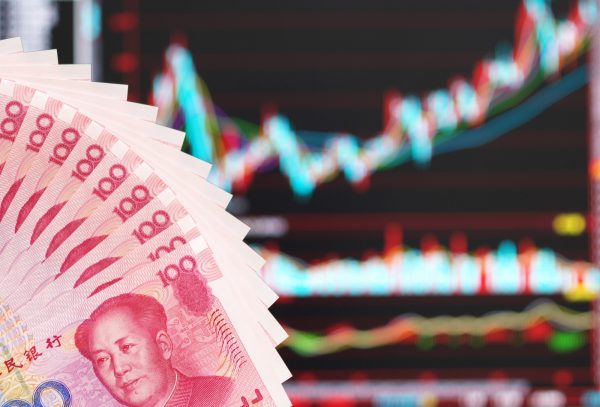
On Saturday, March 5, 2022, China’s 13th National People’s Congress (NPC) convened for their fifth annual Two Sessions. The Two Sessions – the annual meetings of the NPC as well as the Chinese People’s Political Consultative Conference – is arguably the most important political event of the year, in which the NPC convenes to vote on key policies pushed forward by the Standing Committee of the Chinese Communist Party in the fall prior. Moreover, the Government Work Report, delivered on the first day by Premier Li Keqiang, provides an invaluable window into the Chinese economy and its priorities for the year ahead.
Following the historic 100th anniversary of the CCP and a strong economic closing to 2021, Li relayed lower expectations for China’s economic growth in 2022. He noted that the government expects particularly turbulent headwinds from both domestic and external economic risks. Poignantly, China is still embattled with sporadic COVID-19 outbreaks, debt bubbles in overleveraged sectors, and struggling small businesses.
Li also delivered the much-awaited annual GDP growth target. While lower than 2021’s 8.1 percent GDP growth, the 5.5 percent growth target was higher than what economists anticipated. Other notable targets included 3 percent growth for the consumer price index and less than 5.5 percent unemployment. Particularly coming off of a high base year for economic growth, the government, private enterprise, and consumers have their work cut out for them to reach these goals. Li called attention to key policy tools through which the government will provide liquidity into the economy to help mitigate downward economic pressure.
Despite a target budget deficit of only 2.8 percent for the year ahead, the government will undertake fiscal loosening to support its hefty economic goals. Li laid out clear plans to promote small- and medium-sized enterprises (SMEs) through tax rate reductions and rebates. For example, corporate income tax rates will be halved for micro- and small-sized businesses for taxable income between 1 million to 3 million renminbi. Overall, Li disclosed that tax rebates and tax cuts will amount to 2.5 trillion RMB (or 2 percent of GDP) in 2022.
The Government Work Report also gave significant attention to foreign trade. As foreign economies begin to fully reopen after the pandemic, Chinese exporters, among which are many SMEs, will begin to face greater competition from manufacturers in foreign nations. To further support exports, the report promoted solutions such as expanding export credit insurance, export financing support, strengthened foreign exchange services, and export tax rebates.
Although no clear plans were made regarding monetary policy changes, Li called upon the banking system to give preferential loan terms to small- and medium-sized businesses. Nonetheless, further economic risks may push the People’s Bank of China to reconsider monetary action later in the year. China’s loan prime rate, a key benchmark for medium- to long-term loans, currently sits at 3.7 percent, with only one reduction of 10 basis points occurring since the height of the pandemic.
Overall, China’s Government Work Report for 2022 pointed toward supporting its economic “bread and butter.” The key tasks assigned for the year favor supporting liquidity for SMEs and subsequently employment, which ideally will translate into business investment and consumer spending.
The reasoning behind the CCP’s decision-making lies in economic data. While China’s economy closed 2021 with an impressive 8.1 percent GDP growth rate, economic momentum waned in the latter half of the year. Particularly worrisome is consumer spending, which has struggled since the onset of the pandemic. The early months of 2021 saw strong double-digit growth in consumer spending; by December, consumer spending growth stalled to just 1.7 percent growth year-on-year.
Meanwhile, China’s small businesses have been bearing the brunt of economic turbulence. Due to supply shocks – particularly in commodities – and weakened demand, SMEs shouldered 10 percent inflation in factory prices, while consumers saw just 1.5 percent price inflation year-over-year in December 2021. This inability to shift producer price inflation over to consumer inflation could be the reason why more than 4.3 million small businesses closed down in 2021.
Of course, Li did also call attention to some long-term policy plans. For example, to support the success of its three-child policy, as well as mitigate future effects of an aging population, China will allow special tax deductions for child-rearing expenses for children under the age of three. Then, to support the goals of the 14th Five-Year Plan, the government will provide 640 billion RMB from its central budget to support infrastructure investment. Nonetheless, despite mentioning forward-looking policies, Li’s Government Work Report put a strong spotlight on short-term economic stabilization policies. If executed well, these short-term solutions should translate into long-term economic growth.
China’s 2022 Government Work Report Looks Inward to Economic Stabilizers
Source: Frappler

0 Comments